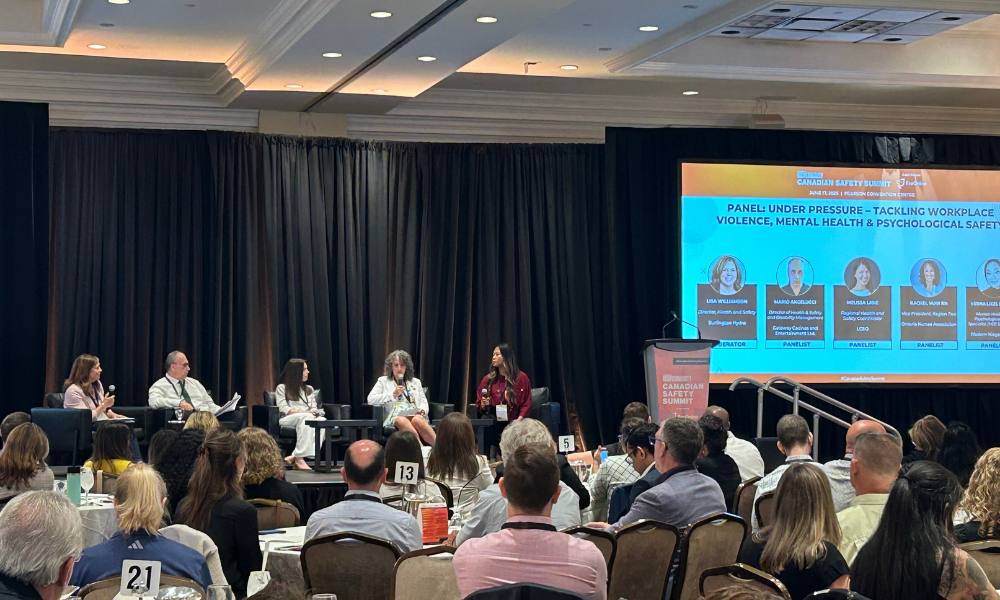On-the-job experience helps Julian Kenny pave award-winning career path

Julian Kenny didn’t set out to become a health and safety professional. He didn’t have any formal health and safety training when he landed his first job in the field. But he did have experience in high-hazard work at Arnes Welding Ltd. even though he wasn’t formally trained in welding either.
"I got hired on there, which was pretty cool. And then, after about seven months, they taught me how to weld on site on the job, which was amazing," recalls Kenny.
He soon became a certified welder and continued in this role for the next four years. However, a significant hurdle awaited him – Kenny suffered from asthma, making welding incompatible with his health in the long run.
But where some may have been disheartened, Kenny saw an opportunity for change. "We just had a safety coordinator person there for like a year, and they were going to be going to a different company. So the position opened, my manager told me to apply for it because he knew I couldn't weld forever," explains Kenny. Seizing the chance, he applied and was hired without any formal safety training, proving his capability and potential from the start.
Kenny’s journey into safety was far from conventional. He credits his on-the-job experience as the foundation for his expertise, saying, "I was in it the entire time... I already knew everything in the course by that point. And I was kind of just checking boxes to get the formal education."
Kenny obtained his certificate in occupational health and safety from the University of New Brunswick, but he says his hands-on approach and real-world knowledge allowed him to excel in his safety role.
Transitioning from an external advisor to an internal role as a regional health and safety specialist with Fort Gary Industries, Kenny now oversees branches in Manitoba and Ontario. He faces new challenges, including adapting to different jurisdictions and complying with rules across diverse sectors within the company.
As for his career aspirations, Kenny is eager to keep climbing the ladder of knowledge and certifications. "I have tried to take the CRST twice now, so I'm hoping to get that ticked off soon. I also am gunning for the NCSO because we kind of have to go through core for Ontario," says Kenny. His dedication to continuous learning and his passion for ensuring the safety of others are evident in his career goals.
One big accomplishment that was likely not on Kenny’s list of career goals, was recently receiving a Young Achievers award. He says one key aspect of his success is the importance of mentors.
Learn more about the young winners for the Top Safety Leaders Under 35 here.
Kenny acknowledges the guidance and support of several individuals who played a significant role in shaping his career. "I think it's important to have someone to help guide you as a younger person in safety.”
Kenny’s journey exemplifies that formal education is not the only path to success in safety. His real-world experience, combined with his determination and support from mentors, has propelled him to great heights in his career. As he continues to rise through the ranks, it is evident that Kenny's impact on the field of workplace health and safety will only grow stronger in the years to come.





